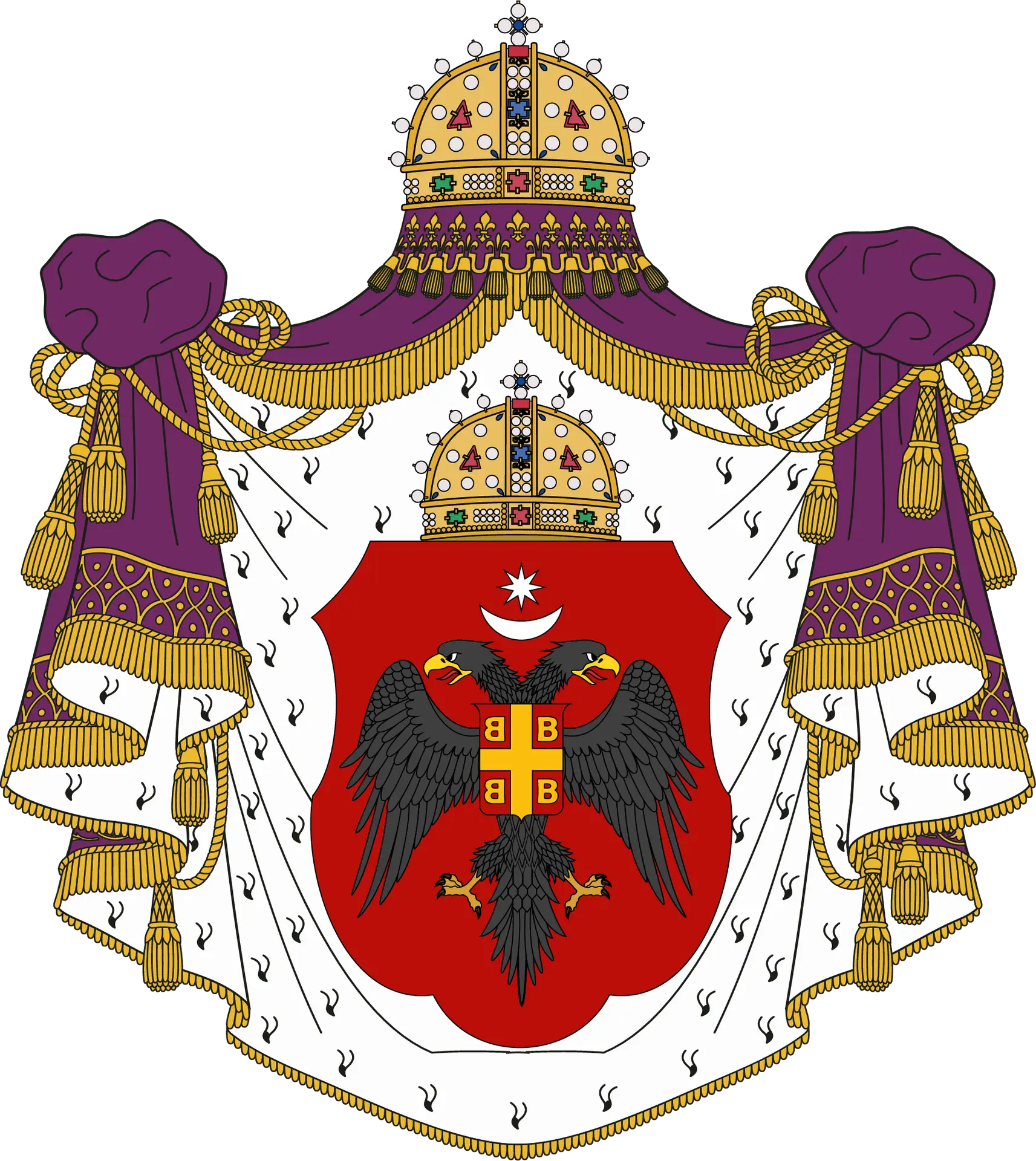
Preserving an unbroken imperial line of descent
The Imperial House of Macedonia and Laskaris, represented today by His Imperial Highness Prince Theodore, is a legitimate dynastic continuation of the Eastern Roman Empire. Prince Theodore is the 36th great-grandson of Emperor Leo IV "The Wise" and the 30th great-grandson of Emperor Theodore I of Nicaea. the House serves as a custodian of this living tradition. Today, it acts not as a political authority but as a guardian of historical memory, cultural heritage, and dynastic dignity, continuing the legacy of Constantinople in the modern world.
600 years of history
HIH Prince Theodore's claim to headship of both the Imperial House of Macedonia and the Imperial House of Nicaea (hereafter, the Imperial House of Macedonia and Nicaea) is predicated on multiple lines of descent. We will present two of these lines below: Basil I, progenitor of the Macedonian dynasty, fathered Leo IV, who fathered Constantine VII, who fathered Romanus II, who fathered Princess Anna Porphyrogenitor of Constantinople. Anna married Vladimir I of Kiev, and gave birth to Yaroslav the Wise. Yaroslav's daugheter, Princess Anne of Kiev, married Henry I of France. Their son, Hugh "the Great" Count of Vermandois, had a daughter, Elizabeth, who married Robert de Beaumont, 1st Earl of Leicester. Succession then passed directly down through children and grandchildren of the now extinct British noble houses of de Quincy and de Vere. Eventually, the claim descended to the 5th great-grandson of Robert de Vere, 6th Earl of Oxford: Vice Admiral Sir Richard Harelston, Governor of Jersey. The claim travelled through his direct descendants until it was inherited by the Winterflood Lords of Aveley. The last member of the seniormost line of this family was Susan, mother of Prince Theodore. At her death in 2013, he inherited the claim. The Winterfloods of Aveley also inherited a claim to headship of the house of Nicaea (Laskaris). Theodore I Laskaris married Anna Komnene Angelina, and fathered Princess Maria Laskarina of Nicaea. She married Bela IV of Hungary and gave birth to Stephen V of Hungary. Stephen's daughter, Mary Queen of Naples, gave birth to Margaret Countess of Anjou and Maine. Margaret married Charles, Count of Valois, and their granddaughter Philippa married into the English royalty and nobility. The claim passed into the hands of John of Gaunt, and through him, into the Ferrers, Greystoke, Bigod and Aske families. Eventually, it passed to the Beckwith family (originally known as de Malebiss). When Susanna Beckwith married William Winterflood, Lord of Aveley, the claim passed into the Winterflood family.
Theodore I Laskaris, Emperor of Nicaea

Home ownership costs
Private garden lands
People lived in the city
Kilometers region covers
What they’re talking about us?
Lorem ipsum is simply free text dolor sit amet, consectetur notted adipisicing elit.

Citizen Of Omina
Donald Salvor
I will be pet i will be pet and then i will hiss sit in box get scared by doggo also cucumerro yet the best thing in the call universe is a cardboard box.

Governer Of Canada
Aleesha Brown
Gimont is Worlds’s largest and most successful business networking great organisation. We offer our members the opportunity to share ideas.

Subscribe Newsletter to get update
© Copyright 2025 bythe Imperial House of Macedonia and Nicaea



